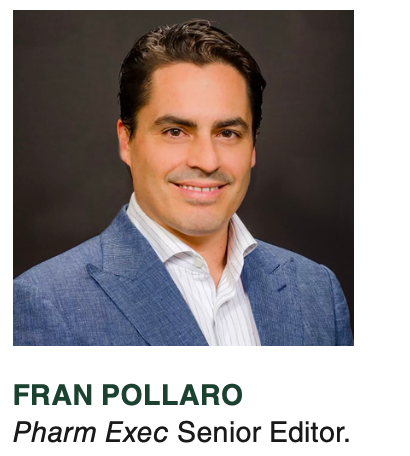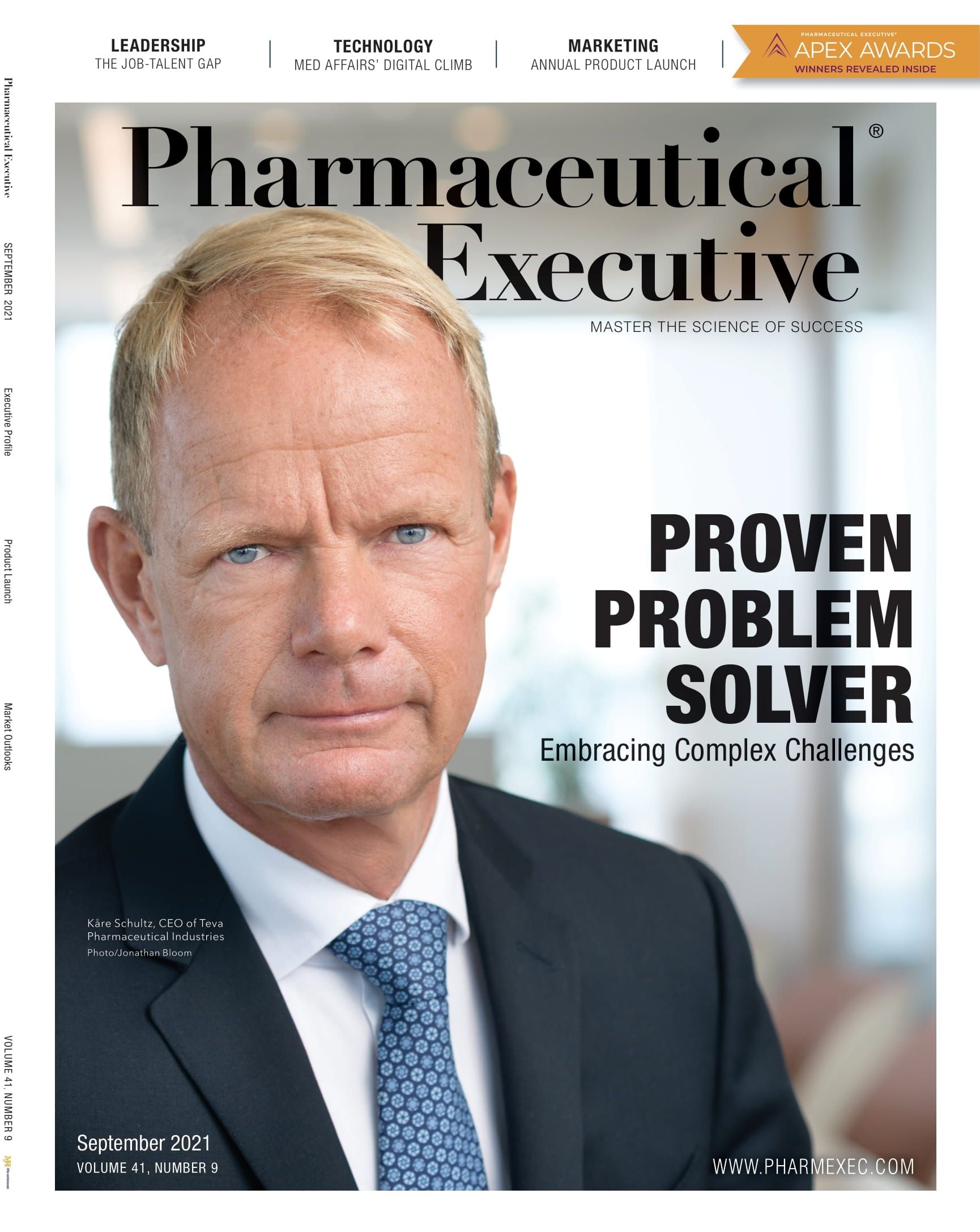The Comeback of Unbranded Campaigns
Vaccines spotlight recent resurgence of useful messaging tool.

A May 16 Wall Street Journal article discussed how COVID-19 drugmakers are taking to social media, radio, and even late night TV to address vaccine hesitancy. Moderna chose Jimmy Kimmel, aka “Dr. Jimmy,” as one of its advocates to educate the viewing audience about mRNA technology.
Pfizer took a bit of a different route, with ads touting science and using the power of empathy and the human experience to appeal to the audience.
Two exceedingly different approaches! With one similarity…they are both unbranded campaigns.
When it comes to advertising in the pharma vertical in general, most are of the opinion that it isn’t exactly the most beautiful form of communication. Creatives and marketing professionals invariably have their hands tied behind their backs as they seek to craft smart, effective, and visually appealing solutions without breaking the rules, which are incredibly stringent.
Enter the unbranded campaign, aka disease education. While certainly not new, unbranded efforts are intended to inform disease-state knowledge gaps and broker a conversation between patients and healthcare providers (HCPs), especially in therapeutic areas where there is little or no competition—all without mentioning the drug or its indications. Back in the late ’90s, unbranded disease education campaigns took a prolonged backseat as DTC regulations eased, allowing pharma companies to dive headfirst into branded advertising on the universally impactful medium of TV.
That said, over the past 10 years, there has been a definite resurgence in unbranded campaigns as an effective tool. By raising awareness prior to the launch of a pharma product, unbranded campaigns drive patients to HCPs/prescribers, who, in turn, have already been fully educated on the topic during pre-launch activities. A good pre-launch campaign should capture a doctor’s attention, convert existing apathy to empathy, and change or give birth to protocols to something more effective than the current market offers.
And because the drug’s brand name and indications are not included in these communications, unbranded efforts aren’t required to provide a list of risks, side effects, and contraindications you hear in a voiceover running through speedily in the waning 30 seconds of a commercial. As a result, these can be shorter and cheaper. A total of 15-30 seconds is often enough to get the point across and direct patients to an unbranded or branded website.
Ultimately, the campaign helps drive diagnoses and prescriptions soon after launch and it converts HCPs into evangelists. This cannot be understated! For nearly two decades, Gallup polls have indicated that HCPs are considered the most ethical and honest occupations in the US. Combine that with Nielsen’s stat of 74% of consumers identify word of mouth as a key influencer in their purchasing decision and your marketing efforts are out of the blocks quickly.
Naysayers of the medium claim that the ads are misleading, stealthily leading a potential consumer down a road of nearly effortless search and mouse clicks. And specific population groups are easily targeted through social media platforms like Facebook and Instagram. Since almost all of us are incredible Googlers, the path indubitably leads to the actual branded drug’s website. But, before consumers even reach the website, much like Googlers that self-diagnose, they’re wondering if they have this disease—psychologists refer to this as cyberchondria. Just the mention of a disease with its myriad of symptoms initially casts a wide net and swells an audience of potential consumers. And all of this is accomplished without giving the impression that a for-profit company is behind the guidance, according to critics of the approach.
In an effort to educate and bring awareness to the public, pharma companies have enlisted celebrities, influencers, and patient advocates who can play a huge role in the success of an unbranded campaign. As it is in much of advertising, it’s about establishing trust and word of mouth. People, in general, bestow trust upon people they know, and people they identify with at some level that’s valuable to them, whether consciously or subconsciously. It could be an athlete, an actor, a social media star, a health micro influencer, etc.—if they are likable and seen as everyday people who are in the know, chances are they are going to have a favorable impact for your brand.
Whether simply providing invaluable education to patients and HCPs, or taking a little creative license to boost sales, unbranded campaigns are here to stay and are a great tool for healthcare marketers.
Fran Pollaro is a Senior Editor for Pharm Exec. He can be reached at
fpollaro@mjhlifesciences.com.

The Misinformation Maze: Navigating Public Health in the Digital Age
March 11th 2025Jennifer Butler, chief commercial officer of Pleio, discusses misinformation's threat to public health, where patients are turning for trustworthy health information, the industry's pivot to peer-to-patient strategies to educate patients, and more.
Navigating Distrust: Pharma in the Age of Social Media
February 18th 2025Ian Baer, Founder and CEO of Sooth, discusses how the growing distrust in social media will impact industry marketing strategies and the relationships between pharmaceutical companies and the patients they aim to serve. He also explains dark social, how to combat misinformation, closing the trust gap, and more.

.png&w=3840&q=75)

.png&w=3840&q=75)



.png&w=3840&q=75)



.png&w=3840&q=75)
























